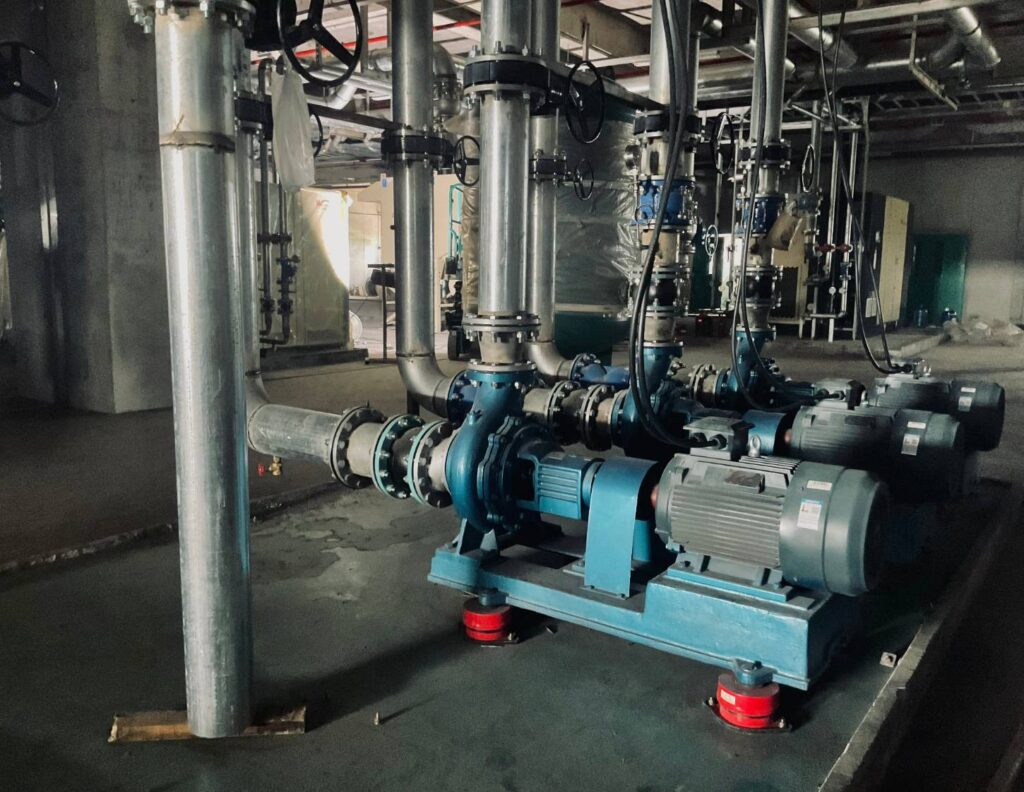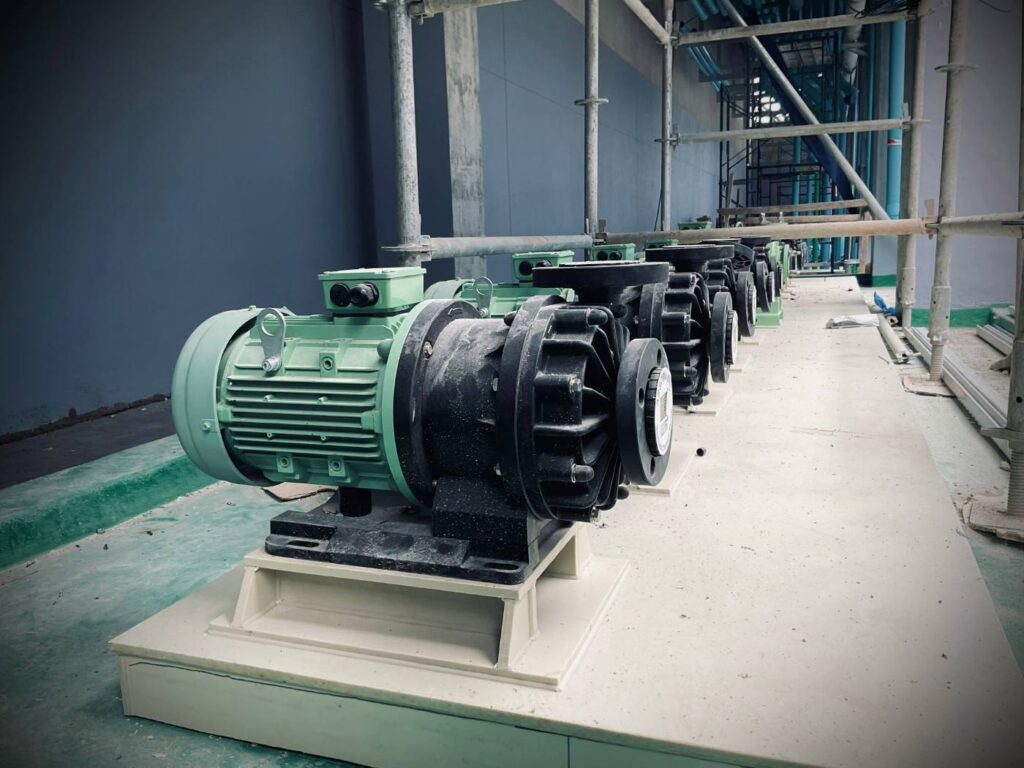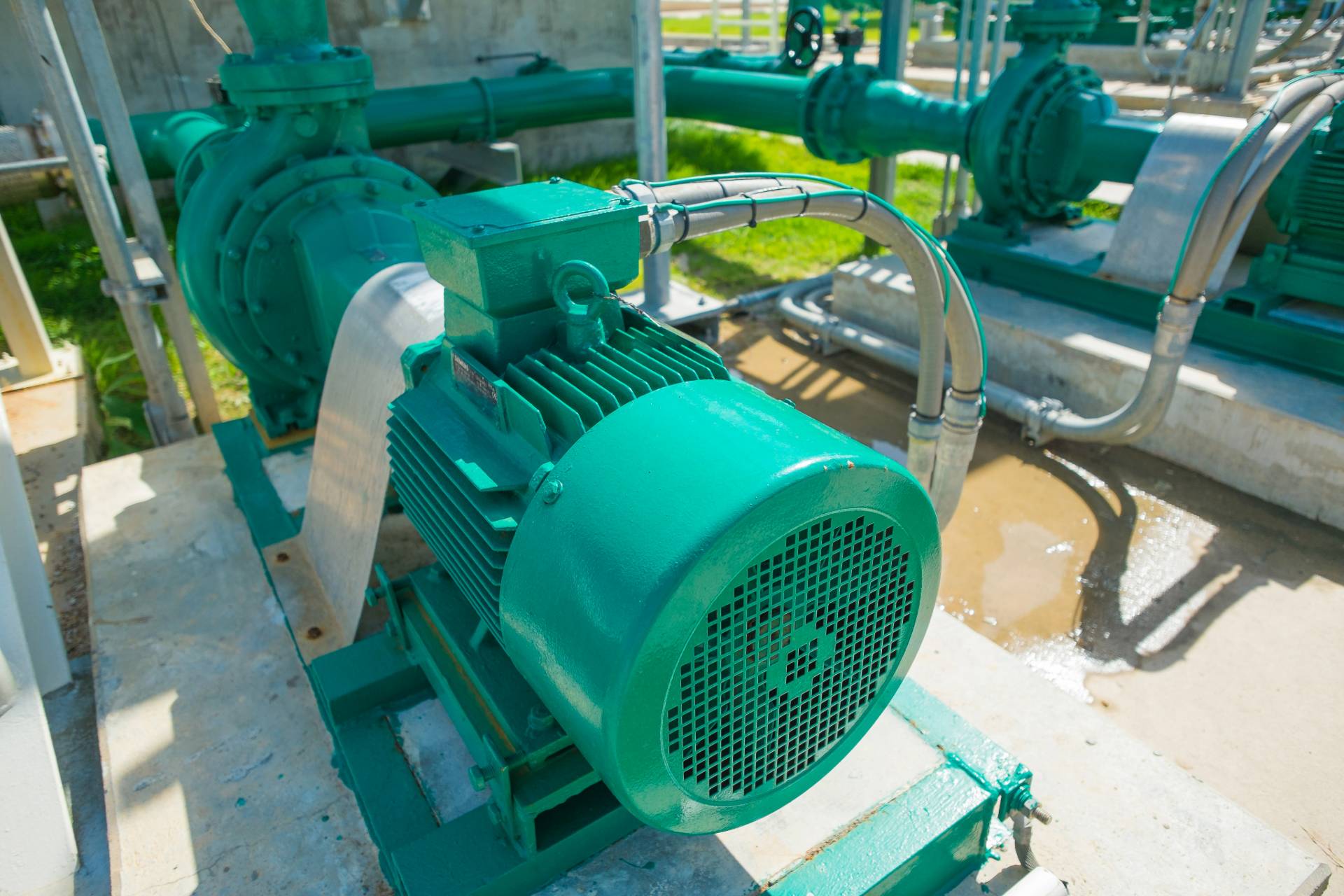In large-scale operations such as mining, wastewater treatment, and industrial processing, the efficiency and reliability of pump systems play a critical role in maintaining productivity and minimizing downtime. Choosing the right pump setup has a direct impact on energy consumption, equipment lifespan, and overall operational success. When handling high-volume fluid transfer, systems must deliver consistent performance while minimizing maintenance demands.
Flooded suction pumps have become a popular solution for industries that require robust, continuous fluid handling. Unlike traditional setups that rely on suction lift, a flooded suction pump system allows gravity to naturally feed the pump, reducing the risk of air binding and cavitation. This not only improves pump efficiency but also simplifies startup and ongoing operation.
Whether dealing with clear water or abrasive slurries, the combination of a centrifugal pump with flooded suction offers an effective and energy-efficient way to move large volumes of fluid with minimal mechanical stress. A properly designed flooded suction pump system ensures greater operational stability, longer equipment lifespan, and significant cost savings over time.
In this blog, we’ll explore the top advantages of using flooded suction pumps in high-volume operations and why they’re a smart choice for industries looking to optimize their pumping systems.
Understanding Flooded Suction Pumps
Flooded suction pumps are a type of pumping system specifically designed with the liquid source positioned above the pump. In this configuration, gravity naturally forces the fluid into the pump inlet, eliminating the need for the pump to “lift” the fluid. This simple yet highly effective design makes flooded suction pumps ideal for applications where reliable, continuous flow is critical.
The basic function of flooded suction pumps is to maintain a steady supply of fluid to the pump without requiring extensive priming. Because the pump is always flooded with liquid, issues such as air entrainment, vapor lock, and cavitation are significantly minimized. This leads to improved pump efficiency, extended equipment lifespan, and reduced maintenance requirements over time.
A flooded suction pump setup is widely used across many industries that demand high-volume or continuous fluid transfer. In sectors such as mining, chemical processing, wastewater treatment, and food manufacturing, maintaining a constant and reliable flow of liquids is crucial. These industries benefit from the consistent operation and lower risk of pump failure that a flooded suction pump system provides. Additionally, setups involving a centrifugal pump with flooded suction are often preferred for moving large volumes of liquids with high energy efficiency.
Compared to traditional suction lift systems, which require the pump to pull fluid from a lower elevation, flooded suction pumps offer distinct advantages. In suction lift systems, the pump must overcome atmospheric pressure and often deal with issues like air pockets and inconsistent flow. In contrast, flooded suction pumps start with a full column of liquid at the inlet, making priming nearly instantaneous and operation far more reliable. The design also places less mechanical stress on internal pump components, making it highly compatible with centrifugal pumps that have flooded suction applications, where minimal maintenance and longevity are key considerations.
Understanding the principles behind flooded suction pumps is essential for selecting the right equipment for high-volume, critical operations. With fewer operational challenges and greater reliability, these systems remain the preferred choice for industrial fluid management.
How Flooded Suction Systems Work

A flooded suction pump system is designed so that the fluid source is positioned at a higher elevation than the pump itself, ensuring that gravity continuously feeds the liquid into the pump. In a typical setup, a storage tank or reservoir holds the fluid, and the pump is installed at a lower level with a direct, unobstructed suction line. This design guarantees that the pump’s suction side is always filled with liquid, a major operational advantage compared to traditional suction lift systems.
The primary benefit of using flooded suction pumps lies in how gravity assists pump operation. Since the fluid naturally flows into the pump inlet, there is no need for priming or complex vacuum assistance. This constant positive pressure on the suction side of the pump significantly reduces the risks of cavitation, air locking, and vapor binding—issues commonly encountered in suction lift systems. As a result, flooded suction pumps can operate more reliably and efficiently, even under demanding conditions.
When paired with a centrifugal pump with flooded suction, the advantages become even more pronounced. Centrifugal pumps operate best when they have a steady, uninterrupted flow of liquid at the inlet. A centrifugal pump with flooded suction achieves higher performance levels because the risk of dry running is minimized and suction head requirements are easier to maintain. This translates into smoother operation, less mechanical wear, and longer service life.
Compared to suction lift systems, where pumps must work harder to create a vacuum and draw fluid upward, flooded suction pumps operate under less mechanical strain. The flooded suction pump system design also enables higher flow rates and more consistent pressure, making it the ideal solution for high-volume or continuous-duty applications. Whether dealing with abrasive slurries, clean water, or corrosive fluids, a properly implemented flooded suction pump setup ensures optimal performance with minimal intervention, making it the preferred choice across a wide range of industries.
Major Advantages of Using Flooded Suction Pumps
Flooded suction pumps offer a range of significant benefits, making them an ideal choice for high-volume and critical operations. One of the most immediate advantages is the elimination of priming requirements. Because the pump is always supplied with fluid due to the flooded suction pump system design, there is no need for manual or mechanical priming. This dramatically reduces startup times and virtually eliminates the risk of operational downtime caused by dry starts.
Another key benefit of flooded suction pumps is the reduced risk of cavitation. In systems where the suction side is not properly flooded, cavitation can cause severe damage to pump components, resulting in costly repairs and a shorter equipment lifespan. A properly designed flooded suction pump system ensures a consistent supply of liquid at positive pressure, which significantly extends the pump’s life by minimizing the conditions that lead to cavitation.
Energy efficiency is another area where submersible pumps excel. By reducing the suction head requirements, the system demands less energy to move the same volume of fluid. This leads to lower operational costs and a smaller environmental footprint, which is particularly important for industries that manage large-scale fluid transfer.
Performance stability at high flow rates is another advantage that makes flooded suction pumps highly reliable. Since the fluid is naturally fed into the pump, flow disruptions are rare, even when system demand spikes. This consistent performance is crucial in industries such as mining, wastewater treatment, and industrial manufacturing, where operational disruptions are costly.
The combination of a centrifugal pump with flooded suction further enhances operational efficiency. A centrifugal pump with a flooded suction experiences less mechanical stress, resulting in smoother operation, higher energy efficiency, and fewer maintenance requirements over time. This setup is especially advantageous in demanding environments where continuous and reliable fluid transfer is necessary.
Real-world applications consistently prove the advantages of using flooded suction pumps. Facilities that implement a flooded suction pump setup often report fewer maintenance shutdowns, lower total energy costs, and improved system longevity compared to traditional suction lift designs. These tangible results make flooded suction pumps a trusted solution across a wide range of industries.
Industries Benefiting from Flooded Suction Pumps

Flooded suction pumps are essential to various industries that rely on consistent, high-volume fluid handling for critical operations. Their ability to maintain a constant, reliable flow makes them an essential component across many sectors where efficiency and reliability are non-negotiable.
In the mining industry, flooded suction pumps are used extensively for dewatering operations, slurry transfer, and mineral processing. The rugged conditions and abrasive materials demand a solution that minimizes downtime and maintenance. A flooded suction pump system ensures continuous operation even under harsh conditions, allowing mining facilities to meet production targets while reducing equipment wear and tear.
Wastewater management facilities also rely heavily on flooded suction pumps. Moving large volumes of wastewater through treatment processes requires stable flow and minimal interruptions. The flooded suction pump system design provides a consistent inlet pressure, helping to avoid cavitation and ensuring the longevity of pumps operating under continuous loads.
Agriculture is another sector that benefits from the efficiency of flooded suction pumps. Irrigation systems, livestock watering stations, and crop management often require the movement of significant quantities of water. The reliability of a centrifugal pump with flooded suction allows agricultural operations to maintain steady irrigation schedules without worrying about pump failures or priming issues.
In power plants, especially those that utilize cooling towers and condenser systems, flooded suction pumps play a crucial role in maintaining water circulation. A flooded suction pump setup supports the high flow rates necessary for cooling, contributing to improved energy efficiency and operational stability in these demanding environments.
Manufacturing industries, particularly those involved in chemicals, food processing, and textiles, also utilize flooded suction pumps for various applications. Whether transferring process fluids, chemicals, or wastewater, using a centrifugal pump with flooded suction offers advantages such as improved system efficiency, reduced energy consumption, and minimal operational disruptions.
Across all these industries, flooded suction pumps deliver unmatched reliability and performance. By ensuring a constant supply of liquid to the pump, a flooded suction pump system helps facilities minimize downtime, lower operational costs, and maximize the lifespan of their pumping equipment, making it a preferred choice for mission-critical operations.
Important Design Considerations for a Flooded Suction Pump System

To maximize the benefits of flooded suction pumps, careful planning and system design are essential. A well-thought-out flooded suction pump system not only improves operational efficiency but also extends equipment life and reduces maintenance costs. Several critical factors must be considered during the design phase to ensure optimal performance.
Tank placement and elevation are among the most important design elements. The tank must be positioned high enough to allow gravity to feed the liquid directly into the pump inlet. Proper elevation ensures that flooded suction pumps maintain a positive pressure at the suction side, eliminating the need for priming and minimizing the risk of cavitation. Accurate placement also helps maintain a steady flow rate and reduces energy consumption during operation.
Another important factor is the design of the suction line. The suction piping should be as short and straight as possible, with minimal bends and restrictions. Using oversized piping can further reduce friction losses, allowing flooded suction pumps to operate more efficiently. Ensuring airtight connections is crucial, as even minor air leaks can compromise the flooded suction pump system and negatively affect its performance.
Material selection is also vital, especially when working with abrasive, corrosive, or high-temperature fluids. Choosing the right materials for both the pump and piping ensures long-term durability and minimizes the risk of system failures. When a centrifugal pump with flooded suction is used in aggressive environments, high-quality construction materials such as stainless steel or specialized coatings are often necessary to resist wear and corrosion.
Accessibility for inspection and maintenance must not be overlooked. Designing a flooded suction pump setup with easy access to key components simplifies routine inspections, facilitates quicker repairs, and reduces overall downtime. Proper placement of valves, strainers, and drains ensures that maintenance teams can quickly address any issues without having to dismantle major portions of the system.
By addressing these key considerations during system design, facilities can fully leverage the advantages of flooded suction pumps. A properly engineered flooded suction pump system, paired with a centrifugal pump that has a flooded suction, ensures reliable performance, greater operational efficiency, and long-term cost savings across a wide range of industrial applications.
Conclusion
Flooded suction pumps have proven to be a superior choice for high-volume operations across various industries. Their ability to provide consistent, reliable fluid flow without the need for complex priming processes makes them invaluable in demanding environments. A well-designed flooded suction pump system offers several major advantages, including improved operational efficiency, reduced energy consumption, extended equipment lifespan, and minimized maintenance requirements.
For industries that rely on continuous-duty pumping, combining a centrifugal pump with a flooded suction is one of the most effective strategies to enhance overall system performance. This setup ensures smoother operation, reduces mechanical stress, and delivers higher levels of reliability even under challenging conditions.
When planning a pumping system, it is critical to consider proper tank placement, suction line design, material selection, and maintenance access. Careful design not only maximizes the benefits of a centrifugal pump with flooded suction but also ensures long-term operational success. Investing the time in thoughtful system planning will pay dividends through greater efficiency, lower costs, and improved system longevity.



